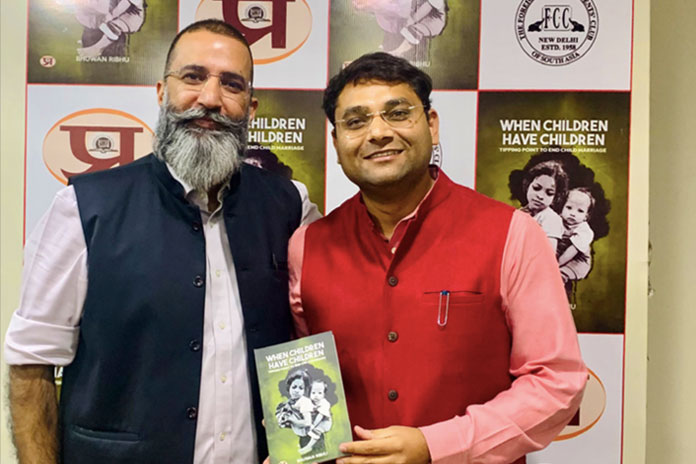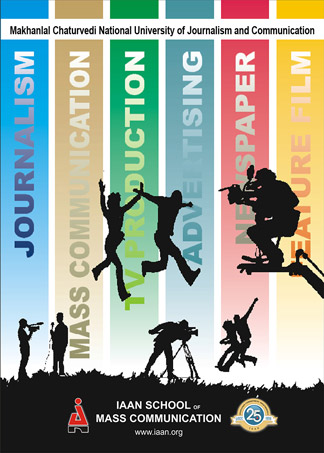India accounts for a staggering one-third of the world’s child marriages. A harrowing statistic reveals that every minute, three young girls are married off in the country, equating to over 100,000 annually. Amidst this dark panorama, a seminal work has emerged, providing both a detailed account of the problem and solutions for the future.
The book, titled “When Children Have Children,” was released in a coordinated launch across 236 districts in India on the International Day of the Girl Child, 11th October 2023. The author’s meticulous research, aided by data from 160 NGO partners across 266 districts, paints a bleak picture: 288 districts in India are worst affected by child marriage, with 257 districts having child marriage rates surpassing the national average of 23.3%. If India’s efforts to combat child marriage persist at the current pace, the United Nations estimates it will take until 2050 to reduce the child marriage rate to just 6%.
The gravity of the situation becomes even clearer when one realizes that girls in grades 9 through 12 represent just one generation, suggesting that seven generations of girls could be lost to this plight by 2050.
Deep-Rooted Issues
Child marriage is not just a standalone issue. It often leads to child rape and sub- sequently, child pregnancy. The book reveals shocking data indicating over 1.2 million children are commercially sexually exploited in India. When these children are paid for these heinous acts, the law often perceives it as consent. Even more chilling is the revelation that a significant majority of the abusers are known family members, accounting for over 30% of reported cases.
The types of child abuse in India can be broadly categorized into three segments: abuse at home, in commercial settings, and within the confines of child marriage. While the laws exist, and child rape could lead to the death penalty, the issue is the lack of fear and respect for these laws. Adding to the complexity are societal challenges – a patriarchal mindset where women are viewed primarily as child-bearers, and a skewed gender ratio that results in rampant trafficking of girls.
Emerging Solutions
Hope, however, is not lost. India has been proactive in fortifying its legislative framework against such atrocities. The introduction of the POSCO Act in 2012 and the Supreme Court’s 2013 categorization of a “missing child” as potential victims of trafficking or kidnapping have facilitated the rescue of countless girls.
Furthermore, initiatives like the Beti Padhao Beti Bachao mission have borne fruit, showcasing a decline in child marriage rates from 29% to 23%.
India’s multifaceted approach to this issue can be termed as the ‘PICKET’ strategy. It emphasizes Policy, Prosecution, and Prevention; Investment, Infrastructure, and Incentive; Convergence of efforts; disseminating Knowledge to generations; fostering an Ecosystem hostile to child marriages, and leveraging Technology, particularly smartphones, to monitor and ensure girls’ school attendance.
This intricate blend of awareness generation with rigorous law enforcement is India’s response to a grave challenge. And as the author eloquently concludes, “When the burden of a baby becomes the joy of a school bag – that is the societal goal.” This encapsulates the nation’s vision and the long journey ahead to secure a brighter future for its young girls.










